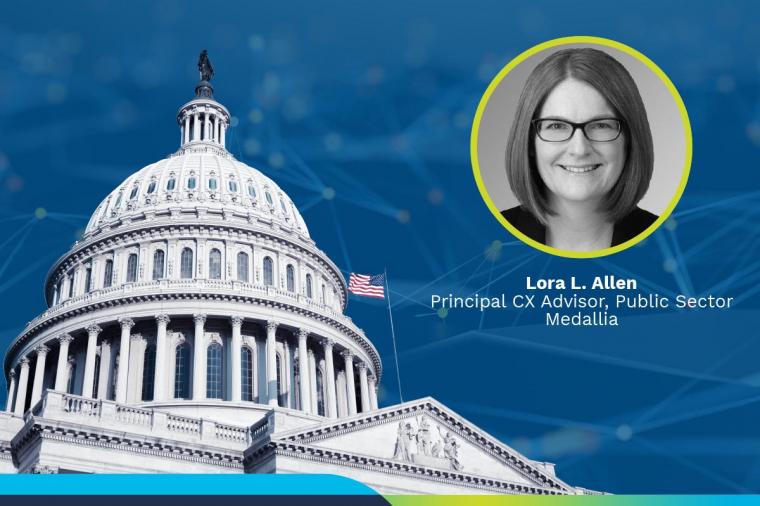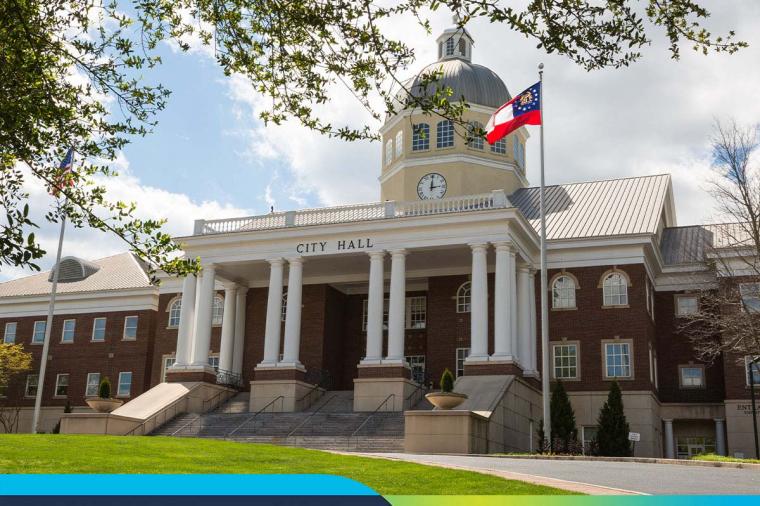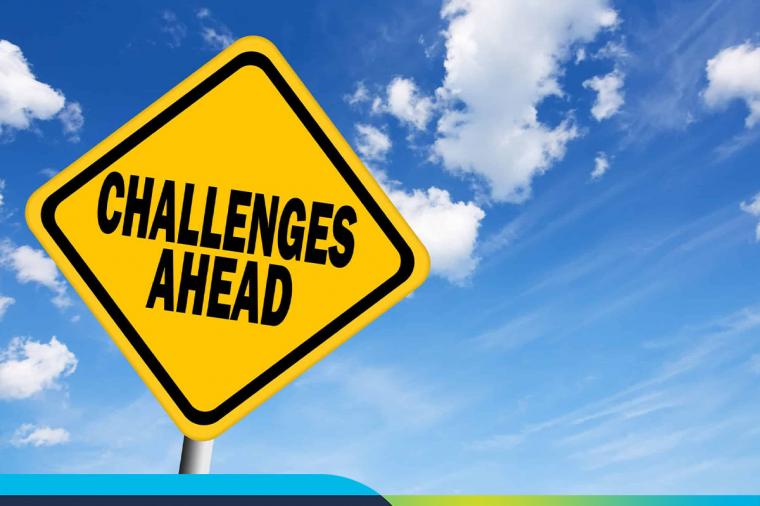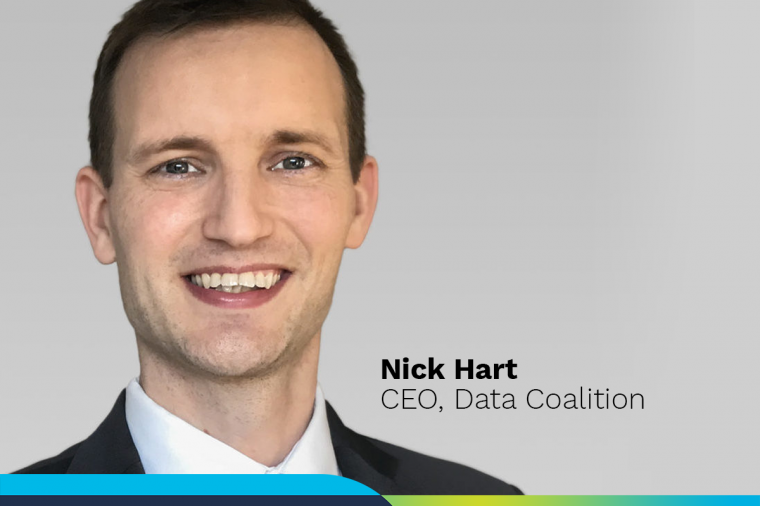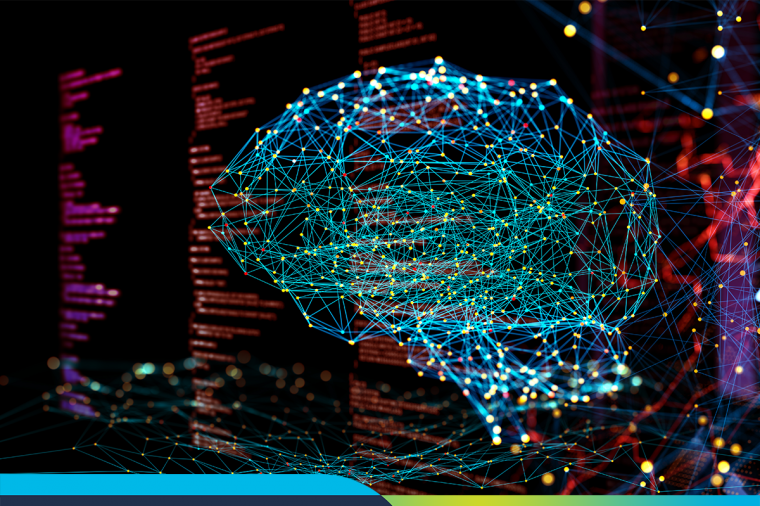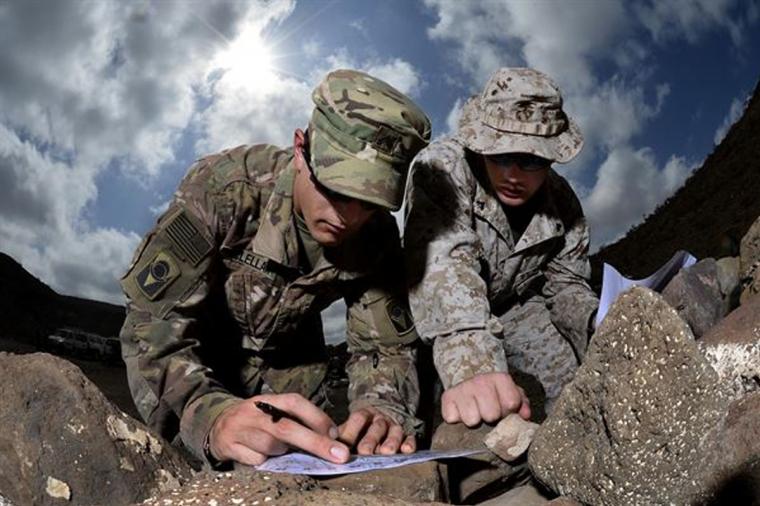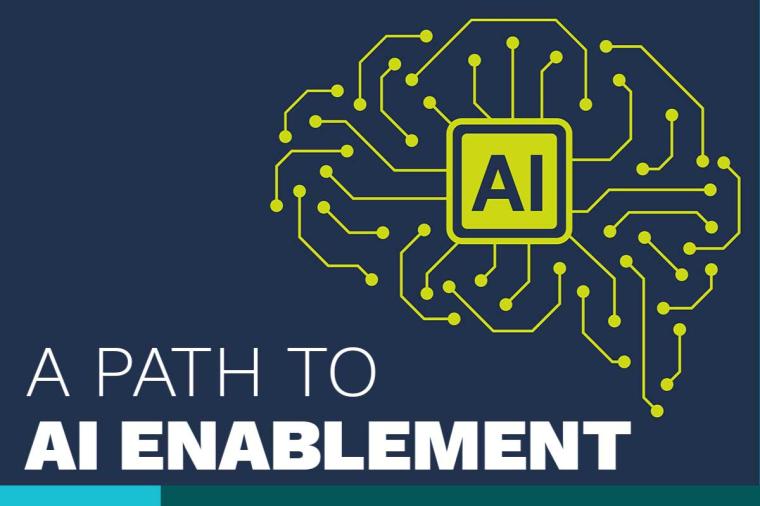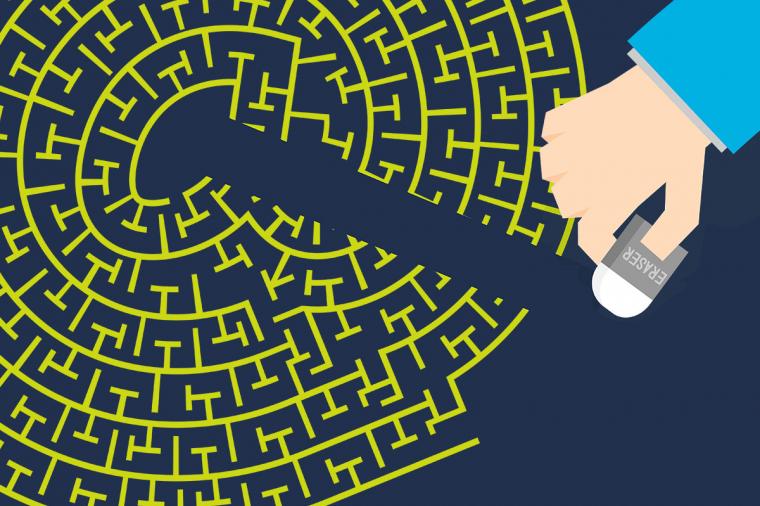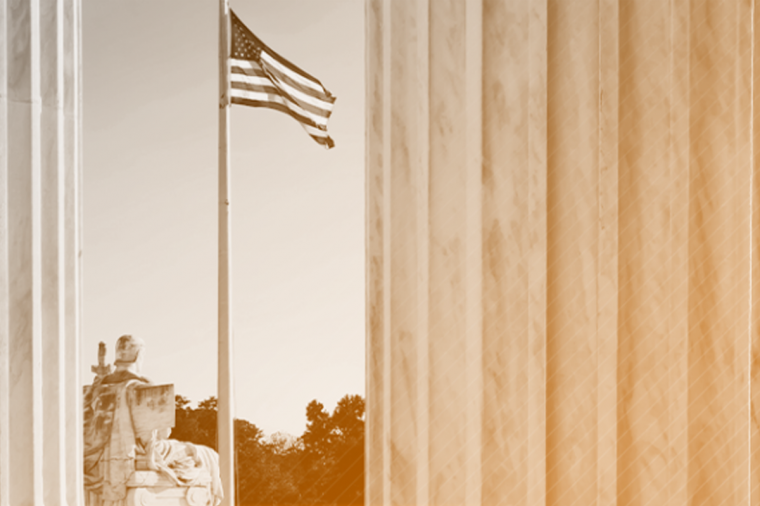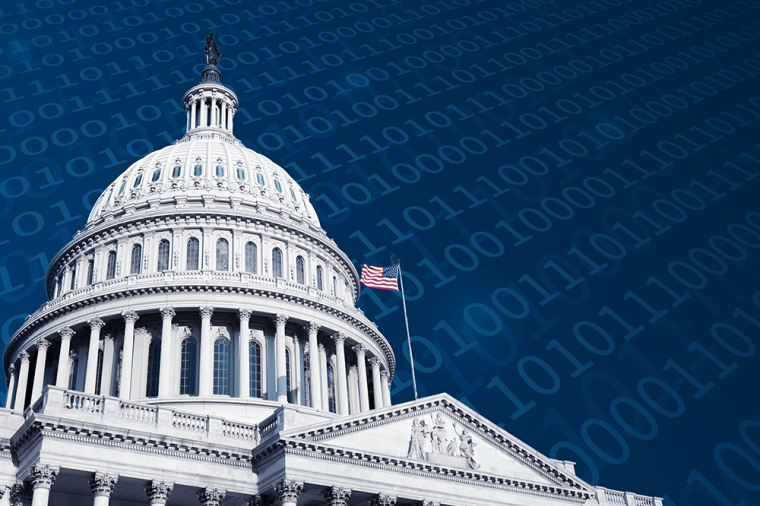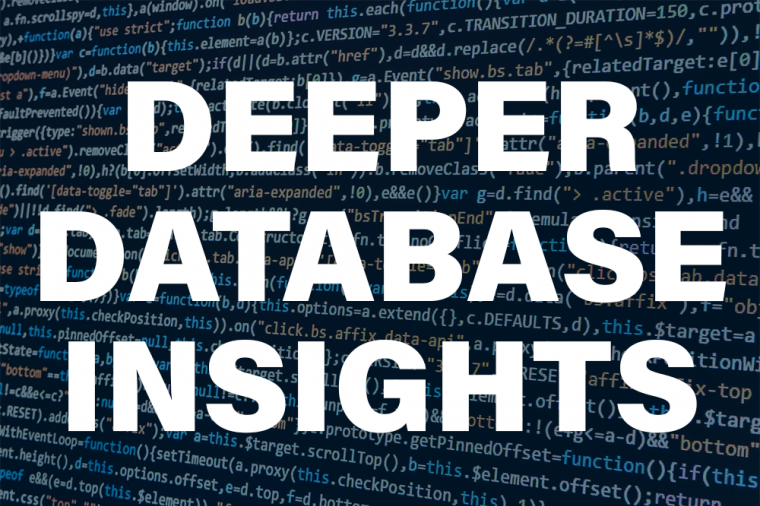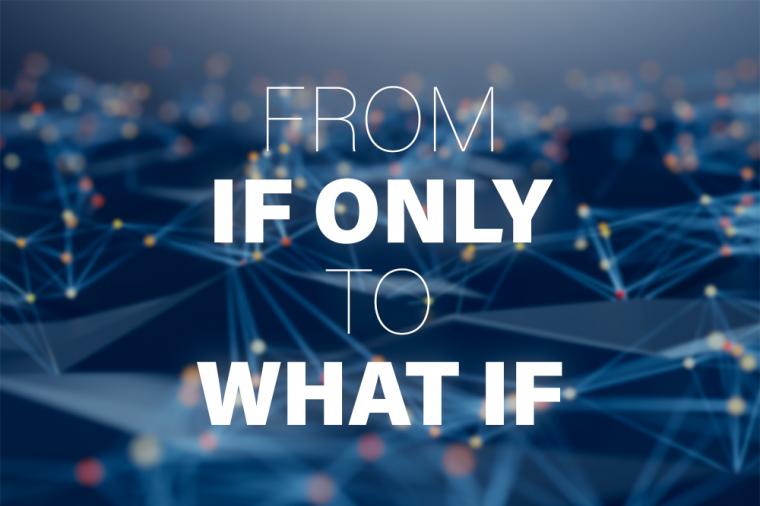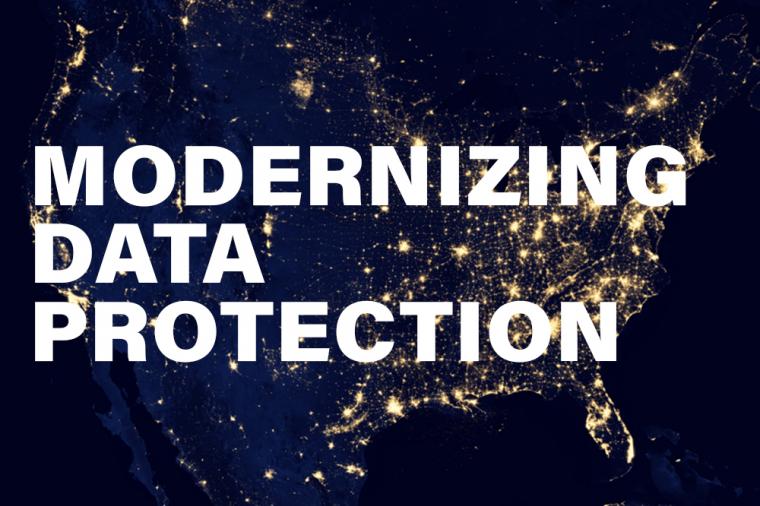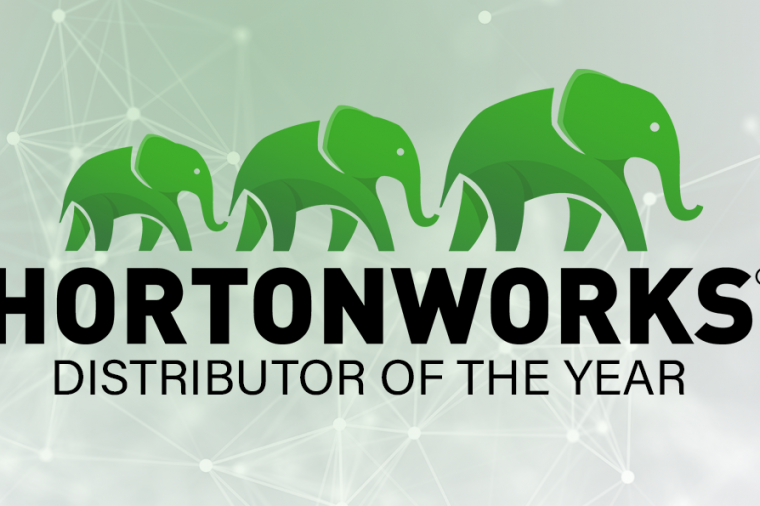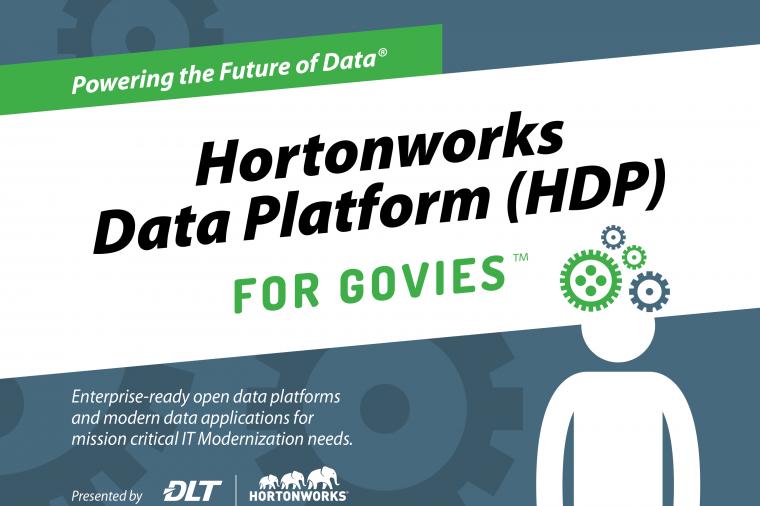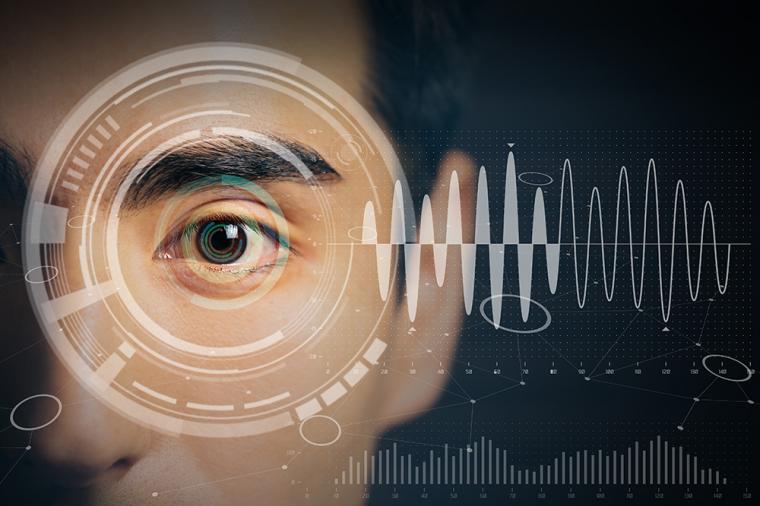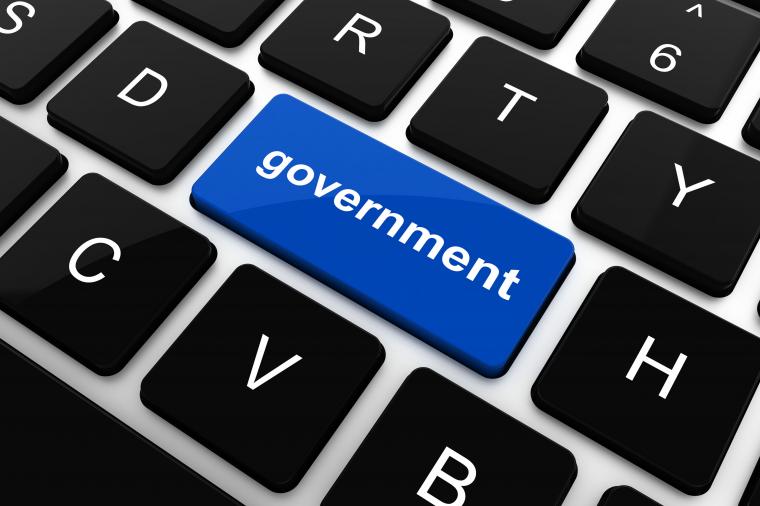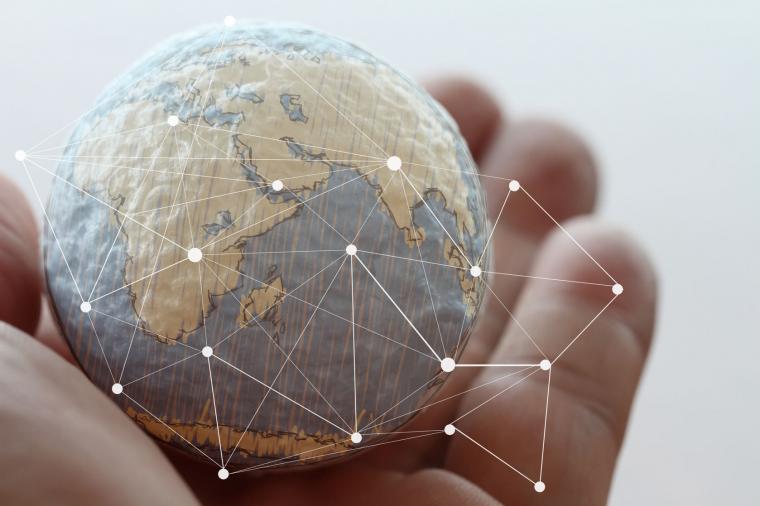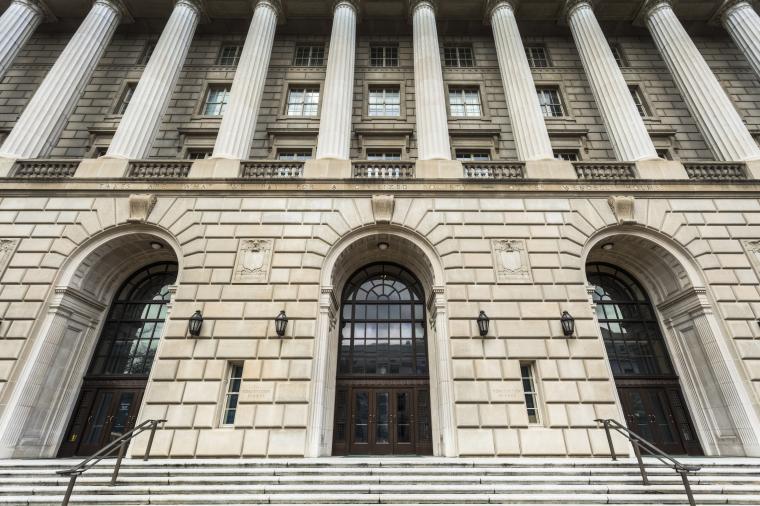How the Customer Experience Executive Order Will Transform the U.S. Government

Customer experience is now an executive order in the United States! With this monumental news, Lee Becker dives deeper into what this means for federal employees and their customers.
This was a momentous and inspiring week for all U.S. citizens and residents, as President Joe Biden signed an executive order on December 13, 2021, that mandates a focus on customer experience.
At long last, there will be more support and accountability for federal agency leaders to reimagine with their teams how they can better serve the people — both people within agencies and public customers across the nation. The executive order creates a focus on essential actions for "modernizing programs, reducing administrative burdens, and piloting new online tools and technologies that can provide a simple, seamless, and secure customer experience."
With this executive order, customer experience is no longer a nice-to-have but a must-have for U.S. federal government agencies. Agency leaders will transform how they work, from developing policy to implementing technology, with this new framework. As a result, we can expect to see individuals be able to renew passports online, be screened more quickly at airports, and in general access loans, benefits, and services much more seamlessly. I know firsthand this won’t be easy, but it’s incredibly fun and rewarding work given the impact this has on so many people in our community, country, and the world.
What does customer experience really mean for the public sector?
The concept of customer experience is looking at how to solve someone’s problem by placing the customer, and the employee, at the center of everything we do. Whether it’s accessing a Veteran’s benefit or a farm loan, the essential question is, how is the end user affected by the steps they have to take?
Customer experience is not a new concept for the public sector, but it has not been wholesale. Over the years many of us in government, and supporting government, have focused on customer experience, even if it was called something different. Government employees care deeply about helping people, but they are often hindered by systemic problems at a tactical or strategic level. We’ve seen some pockets of success overcoming these hurdles — what we call "silos of excellence" — and now those silos will be broken down for people to access their benefits, care, and services seamlessly, which will help rebuild trust in government.
Customer experience is also not a one-time initiative. To deliver it successfully involves an entire shift in mindset, a cultural transformation, that must happen at every level of an organization. It starts with leaders asking themselves, "What matters most to our customers?" and "How do we give our employees the right tools, resources, and policies to provide great service to their customers?" For this line of work, that will mean orchestrating service from multiple places, which have been traditionally siloed. It’s an exciting part of the transformation to reimagine the services from the customer and employee perspective, and orchestrate the experience based on key life events and moments that matter.
A case study: How customer experience transformed the VA
One of the great honors of my career was helping to establish and sustain the first federal customer experience office, the Veterans Experience Office (VEO), at the U.S. Department of Veterans Affairs (VA). We set out to capture the voice of the Veteran and bake it into all of our policies, programs, processes, and practices.
Our initial efforts helped drive the VA’s trust score among Veterans to 80%, up from 55% in 2016, and they continue to see this approval hover around 80%. The trust in VA healthcare is over 90%.
One tactical customer experience approach we took was granting VA leaders access to all real-time feedback from Veterans and their families, which better enabled us to prioritize the issues we really needed to address. This, quite literally, enabled the voice of the people to become central during the daily flow of work.
Since then, this has included a mission-critical effort to leverage AI to identify Veterans that were at high risk for suicide. Last year the VA shared how it was using artificial intelligence technology leveraged by the customer feedback industry, in partnership with Booz Allen Hamilton, Deloitte, Medallia, and Halfaker, to detect and respond to Veterans in crisis. Alerts are now routed to the Veterans Crisis Line for immediate assistance, helping VA staff provide assistance to thousands of Veterans in need within minutes.
Implementing customer experience has continued to be so successful that in 2020 the VA issued a guide full of tips and best practices, known as the VA CX Cookbook.
Why real-time feedback plays a vital role in customer experience
Overall, ensuring that there are feedback channels across all interactions allows for real-time input from ALL the people who matter — not just the people who are the most vocal. This is paramount in being able to validate the delivery of equitable service aligned to the President’s Executive Order On Advancing Racial Equity and Support for Underserved Communities Through the Federal Government signed on January 20, 2021.
It allows us to listen with intention. As a leader, when you’re running a program, team, or business of any kind, you’re trying to make the best decisions you can. So how do you make sure you have the right insights to be able to do that?
When you’re serving a population, whether they’re internal or external, you have to be able to sense what they’re thinking, needing, and what the gaps are. And rest assured, they will share that information — the opportunity here is the ability to be able to enable authentic listening, and then figure out how to take action.
Wherever we see programs fail, we also see employees and customers who were trying to raise awareness about issues, and there was no systematic way to collect those insights at scale to help change course. We should consider our customers and employees the “truth tellers” — the human intelligence at the ground level.
So how can we ensure we’re really hearing them? There’s so much opportunity now that we have the right technology that can enable listening across all those channels, analyze sentiment through artificial intelligence, and automations that recommend the right actions — and at scale.
Looking ahead: customer experience will also help employee experience
The VA initially focused on the journey around customer experience from the Veteran aspect, reimagining the journey around service design. Unexpectedly, we started getting feedback where around 70% of all comments were actually compliments from Veterans and their family members. (I had to double check to make sure this was right!)
We decided to share those compliments with our employees — and that decision was so powerful in increasing morale.
Of course, the employee experience is also the flow of work. For example, if someone is trying to accomplish a mission, like process a claim, and has an issue with the technology or has issues outside of work, their leaders need to really understand their challenges and provide the support they need, whether it’s a better technology workflow or a more flexible schedule. That’s something that the VA and other agencies are looking into, and it's incredible to witness how productivity and morale go up as removing the friction in the flow of work gets addressed more and more.
Final thoughts on the customer experience executive order
In the early days of VA, we had so much data insight, and the challenge was figuring out how to address the issue before it became an issue: we had to rebalance what the process looked like. It took time, but the results paid off. Every employee in every agency must adapt to tremendous changes. Taking a customer experience approach will inherently help with the change journey success. But to do so, this executive order will require federal leaders and their teams to build new muscles, so to speak. Small steps drive big change over time. Changes will require daily practice, and the more you practice, and build community around the positive changes, the more enjoyable your journey will be.
The most important step is to start somewhere. Over the years, we’ve seen that in order to be successful with the transformation to modernization, leaders must take a customer experience approach or they will fail. It takes hard work to use customer experience to improve the way business is done, rather than just checking a box. But I promise you will see results that will maximize impact and outcome to the people you serve.















